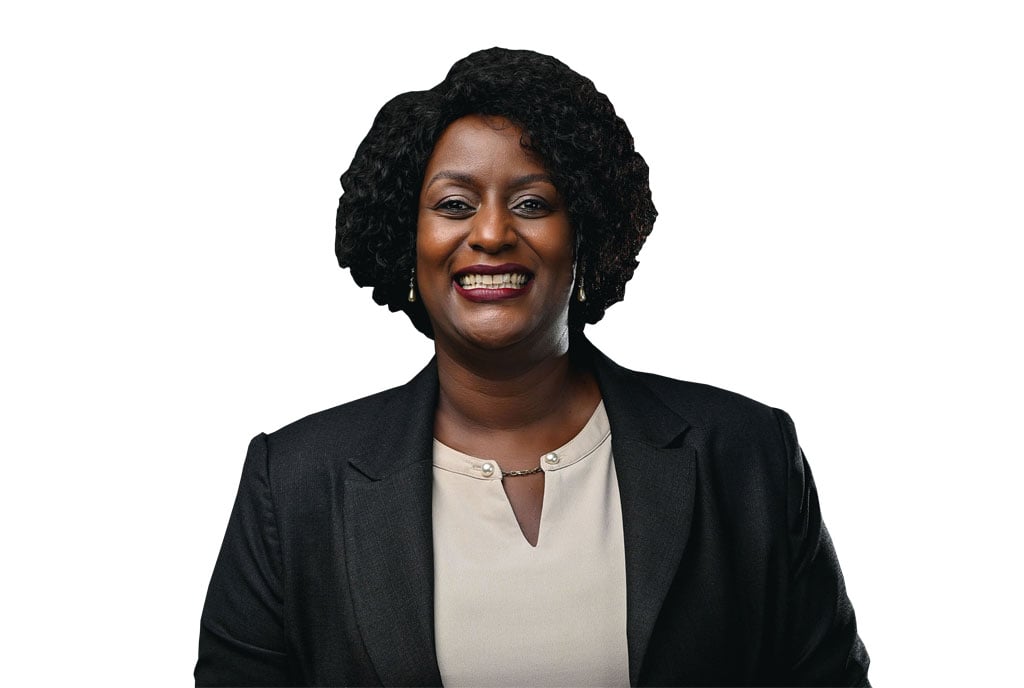Prime
Common child sports injuries

Parents need to invest in protective gear and proper sports equipment such as goggles in the case of swimming sport. FILE PHOTO
Brian Mirembe, 12, was practicing for a forthcoming football match when he accidentally fell on his arm. “I fell on my right arm and it went numb.
Our sports teacher rushed me to the sickbay and as the nurse looked at my hand, I felt sudden sharp pain. They later plastered it and I was advised to stay off the pitch for the rest of the term,” says Mirembe.
This is not unique to the young boy. There are a number of injuries that usually occur to children during various sports activities.
Ayub Khalifan, a football coach at Kawempe Muslim Secondary School highlights some of the common injuries; such as head injuries that happen because of collision and joint injuries caused by running accidents.
In the pool
Tony Kasujja, a swimming coach at the Aga Khan education services, says in the swimming pool children are likely to face minor injuries as a result of pulling or pushing each other in the pool.
Fainting can also occur if the child has poor eating habits. Near drowning evident from a persistent irritation cough can be experienced when they accidentally swallow water.
Diving in the shallow end of the pool may result in injuries caused if the child hits their head on the pool floor. To avoid and manage such injuries, Kasujja puts emphasis on adult supervision of children while at the pool.
Rugby
Hellen Buteme, a rugby player and coach, says children suffer ankle injuries especially sprains which are as a result of a child twisting an ankle or landing on the ground and twisting the ankle.
For bruises, wounds, fractures and dislocations, Buteme explains that some of the injuries children suffer are similar to what an adult would get. “To avoid some injuries, proper warming up before a game prepares the child for the game and helps prevent muscle sprains.
This also calls for propertraining so that a child masters techniques needed for the game.”
In basketball
Arnold Lando, a basketball coach advises on cooling off after a game to help the child relax their muscles. This can be through doing simple exercises after a game as they help the body get back into shape.
He discourages intense movements before a game because this tires the children before they start playing which increases risk of an injury. Break-ins are encouraged as the child is playing, for instance, taking a walk or drinking water to keep the body hydrated.
Parent’s tips
Sophia Kantono, a mother of four ensures her children use protective gear such as kneepads and a helmet while playing. This keeps them safe and helps prevent minor injuries.
“Dressing them in long sleeved clothes with tough material as they go out to play helps minimise effects of injuries,” she says.
Ways to deal with an injury
Doctor Abdallah Ssemambo, a sports physician at Sports Club Villa, recommends the following tips on dealing with an injury before rushing to the hospital.
R.I.C.E is an abbreviation for four simple steps that one should follow immediately a child is hurt while playing.
R stands for Rest, I for Ice which is used to help prevent inflammation, swelling and pain, C for compression and in this case, bandages are applied on the injured part to suppress pain, swelling or reduce bleeding and E is for elevation where by you raise the injured part which helps increase blood flow to the heart.
“Stop the player from further playing and establish the extent of the injury,” Dr Ssemambo says. Rest will be recommended for a player depending on how hurt one is; therefore, it might be for days, a week, or even months.
Pain killers can be administered but this is determined by the severity of the injury. Dr Ssemambo advises and warns that if a child is injured, handle them with care because if mishandled an injury might be worsened.
Prevention
. Ensure that your children rest
.They need to be hydrated so pack enough bottles of water.
. Provide a healthy and well balanced diet.
.Get proper equipment for the game such as shoes or jerseys.
.Stress the importance of warming up so that their bodies are in the right state.
.Recognise injury and get help early.




